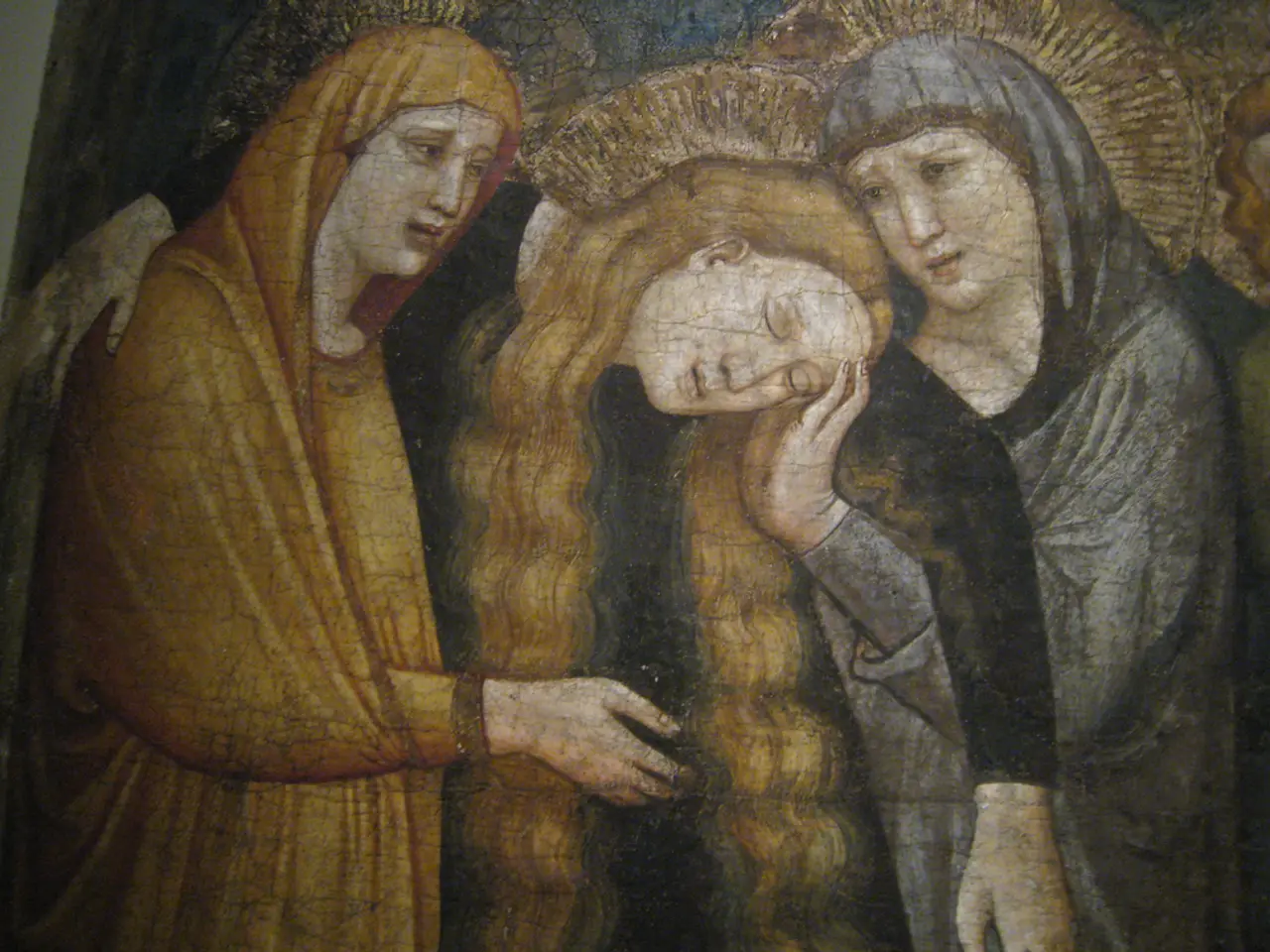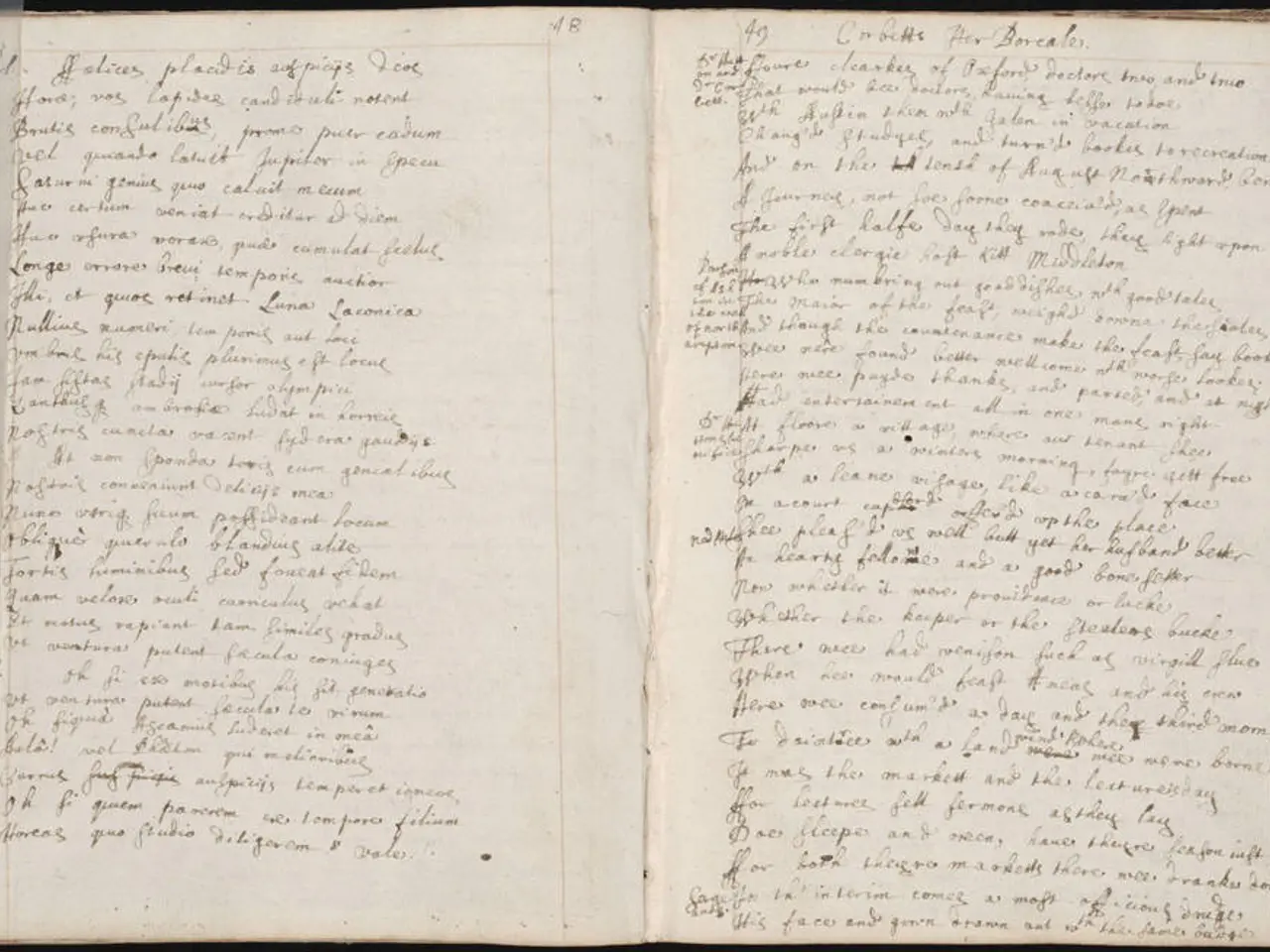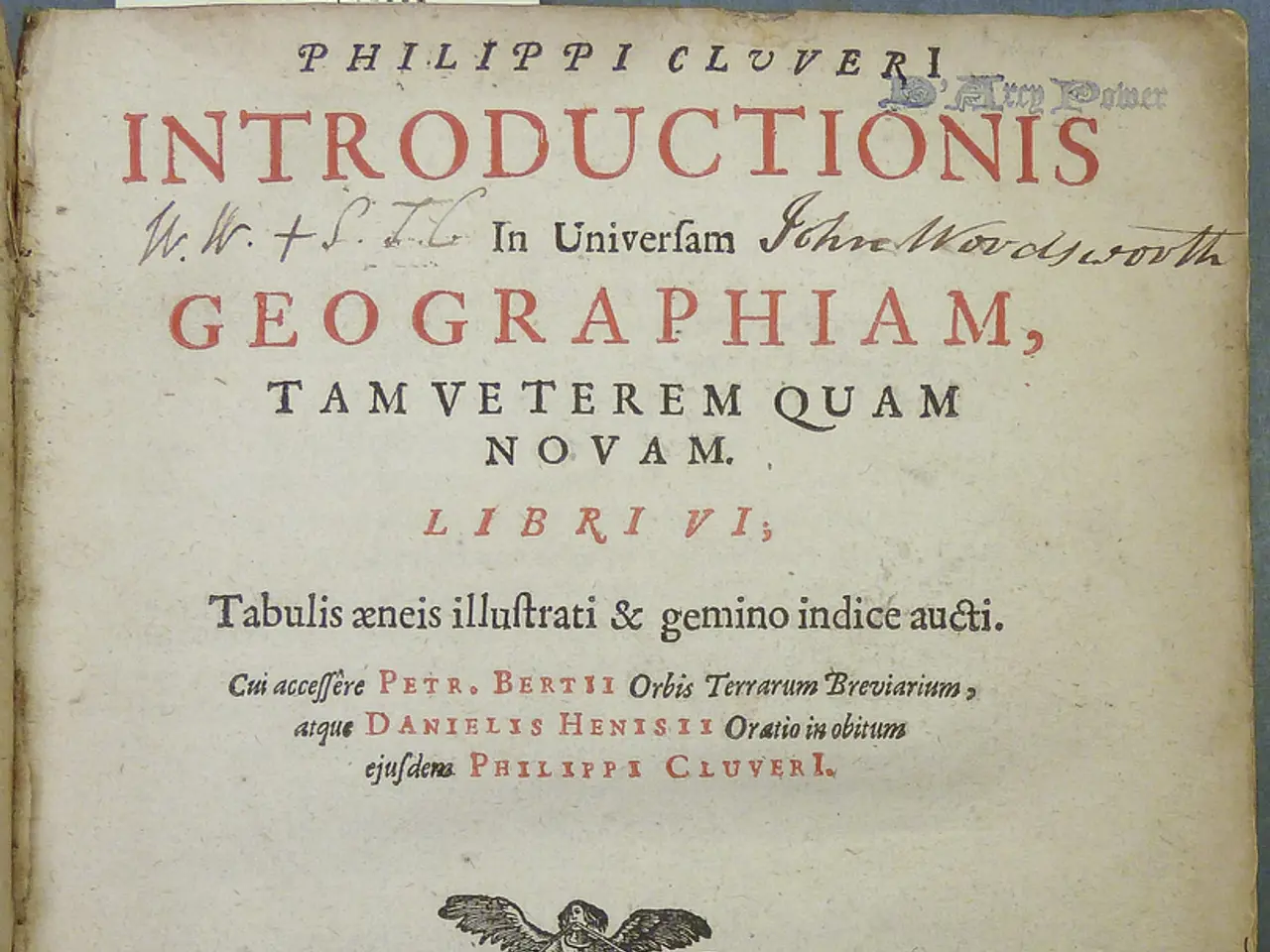Archaeological trailblazer Marcus Aurelius welcomed home in Turkey, recognized for his significant contributions
In July 2025, the bronze statue of Roman Emperor Marcus Aurelius was repatriated to Turkey after a prolonged legal and diplomatic process that spanned decades. The statue, dating from the 2nd or 3rd century AD, is one of Anatolia’s rarest surviving bronze sculptures, making its return a significant cultural event.
The statue, which was smuggled out of the ancient city of Boubon during the 1960s, found its way to the Cleveland Museum of Art in Ohio where it was displayed for many years. The repatriation was the result of a collaborative effort involving Turkish authorities, the Manhattan District Attorney’s Office, and U.S. Homeland Security Investigations. Confirmatory soil analyses linked the statue directly to the archaeological context in Boubon, leading to its eventual return.
Before its final return to Turkey, the Cleveland Museum was allowed a three-month display period under the condition they honour Turkish archaeologist Professor Jale Inan, who played a pivotal role in identifying the statue’s origins. This commemoration highlighted the archaeological connection and Türkiye’s cultural heritage efforts.
The significance of the Marcus Aurelius statue lies in its representation of the “Philosopher Emperor,” recognised for his Stoic philosophy and leadership during turbulent times. The statue not only symbolises ancient imperial history but also Türkiye’s ongoing struggle to recover its cultural patrimony from illicit trafficking.
Following repatriation, the statue was unveiled in Ankara at the “Golden Age of Archaeology” exhibition held at the Presidential Library starting August 2025. This major exhibition features 570 artifacts—most never shown publicly—from 90 excavation sites across Türkiye, with the Marcus Aurelius statue as the centerpiece. The event was inaugurated by President Recep Tayyip Erdoğan and accompanied by a significant international symposium of scholars.
The “Golden Age of Archaeology” exhibition includes significant finds from the Tas Tepeler Project, an archaeological initiative in southeastern Turkey, which was recognised last year as one of the world's leading archaeological projects at the Shanghai Forum. Among the most compelling artifacts in the exhibition are life-sized human sculptures and animal figures carved into stone blocks from the Karahantepe site.
The return of the Marcus Aurelius statue marks a major cultural milestone for Türkiye: reclaiming a treasured historical artifact, honoring archaeological heritage, and advancing cultural diplomacy. The missing head of the statue, which arrived at the museum without its head, is seen as a symbol of the destruction caused by cultural vandalism, highlighting the ongoing need for protection of cultural heritage.
- President Recep Tayyip Erdoğan attended the unveiling of the repatriated Marcus Aurelius statue in Ankara during the "Golden Age of Archaeology" exhibition at the Presidential Library in August 2025.
- The "Golden Age of Archaeology" exhibition hosts 570 artifacts from 90 excavation sites across Türkiye, with the Marcus Aurelius statue serving as the exhibition's centerpiece.
- Life-sized human sculptures and animal figures carved into stone blocks from the Karahantepe site are part of the compelling artifacts displayed in the "Golden Age of Archaeology" exhibition.
- The Tas Tepeler Project in southeastern Turkey, recognized last year as one of the world's leading archaeological projects at the Shanghai Forum, contributed significant finds to the "Golden Age of Archaeology" exhibition.
- The "Golden Age of Archaeology" exhibition and its related international symposium of scholars provided an opportunity for Türkiye to showcase its rich cultural heritage in the field of environmental-science, technology, education-and-self-development, and general-news.
- The spaces and astronomy department, business, and lifestyle sectors may find inspiration in the exciting discoveries and cultural advancements presented during the "Golden Age of Archaeology" exhibition.
- The inclusion of artifacts in the "Golden Age of Archaeology" exhibition demonstrates Türkiye's commitment to environmental-science, cultural preservation, and finance, warranting attention from the international community in continued efforts to protect and respect cultural heritage.




